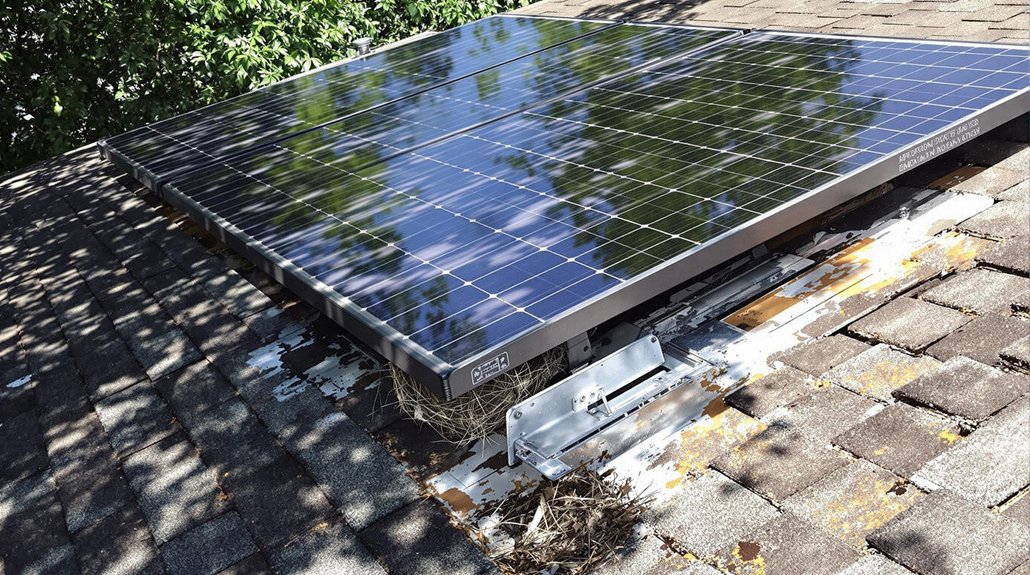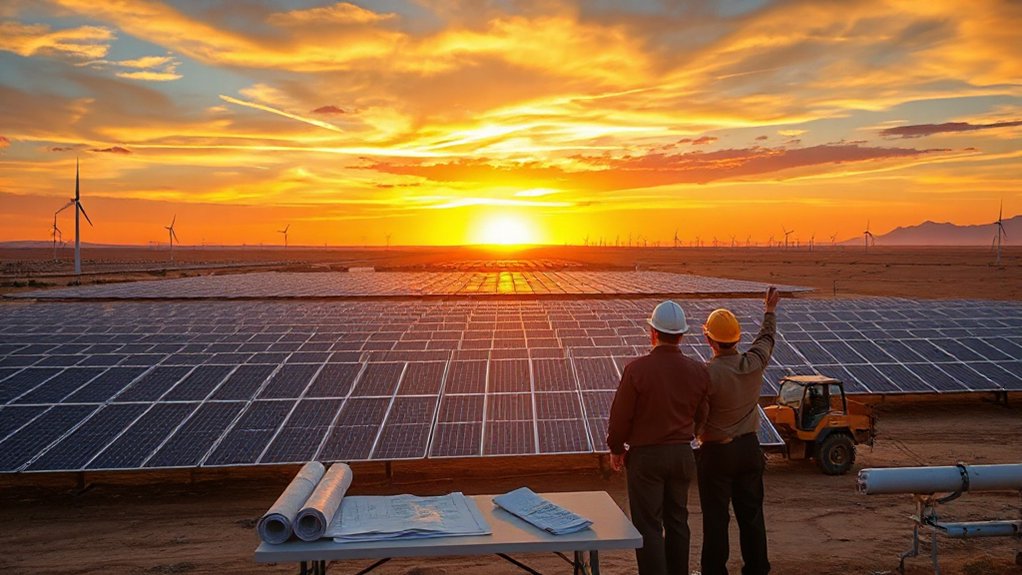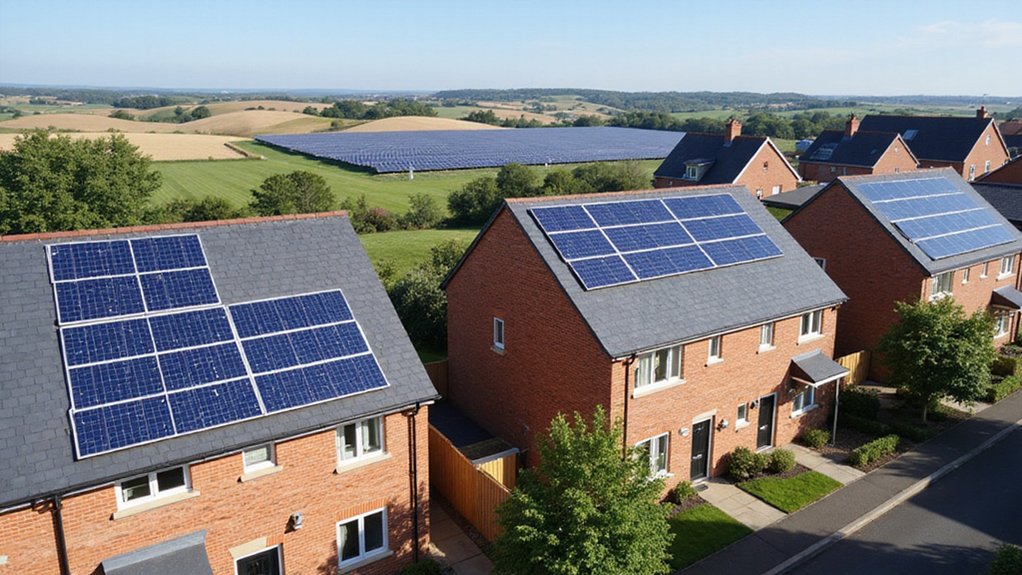Solar owners often regret key mistakes that could have been avoided before installation. Many homeowners underestimate their energy needs, place panels in poorly lit areas, or select low-quality components. Failing to check roof conditions and overlooking local regulations are common pitfalls too. These errors can reduce system efficiency by up to 40% and lead to unexpected costs. Proper research before installation can prevent these costly missteps.
Countless homeowners make preventable errors when installing solar panels on their properties. A common issue is the failure to accurately calculate energy needs. Families often underestimate how much power they’ll require, leading to systems that are too small. Seasonal changes and lifestyle shifts can dramatically alter power consumption, leaving homeowners with insufficient energy.
Panel placement plays an important role in system efficiency. Many solar owners don’t consider how trees, nearby buildings, or even chimney shadows affect panel performance. Incorrect orientation or panel angles can reduce energy production by up to 40%. Local climate conditions, such as snow or excessive heat, also impact overall system output. Conducting a proper shade analysis before installation helps determine optimal panel positioning for maximum energy production.
Proper panel positioning prevents costly energy losses that many homeowners overlook until it’s too late.
Cost-conscious homeowners sometimes choose cheaper components that don’t deliver long-term reliability. Low-quality panels degrade faster in harsh environments, while incompatible inverters reduce system efficiency. Mismatched components often lead to poor performance and unexpected repair costs down the line.
Roof condition assessments are frequently overlooked during installation planning. Installing solar panels on aging roofs can lead to costly removal and reinstallation when roof repairs become necessary. Many homeowners don’t realize that their roof’s weight-bearing capacity or potential leak points before installation begins.
DIY installation attempts present serious risks. Without proper electrical knowledge, homeowners face safety hazards from incorrect wiring. Many don’t realize that improperly installed systems can void equipment warranties and may not pass required inspections. Failure to follow local building codes can result in hefty fines and mandatory system removal.
Local regulations often surprise unprepared solar adopters. Permit requirements, homeowners’ association rules, and grid connection standards vary widely. Many homeowners miss valuable tax credits and rebates simply because they didn’t complete the proper paperwork on time. The federal tax credit currently offers a substantial 30% reduction on equipment and installation costs through 2032, which many fail to properly claim.
After installation, maintenance is essential but frequently neglected. Dirty panels can lose 25% of their efficiency. Regular monitoring helps identify performance issues early, while periodic professional inspections guarantee system longevity. Nearby trees need trimming, and panels require protection from wildlife damage.
Without proper upkeep, even well-installed solar systems fail to deliver their expected energy and financial benefits.









